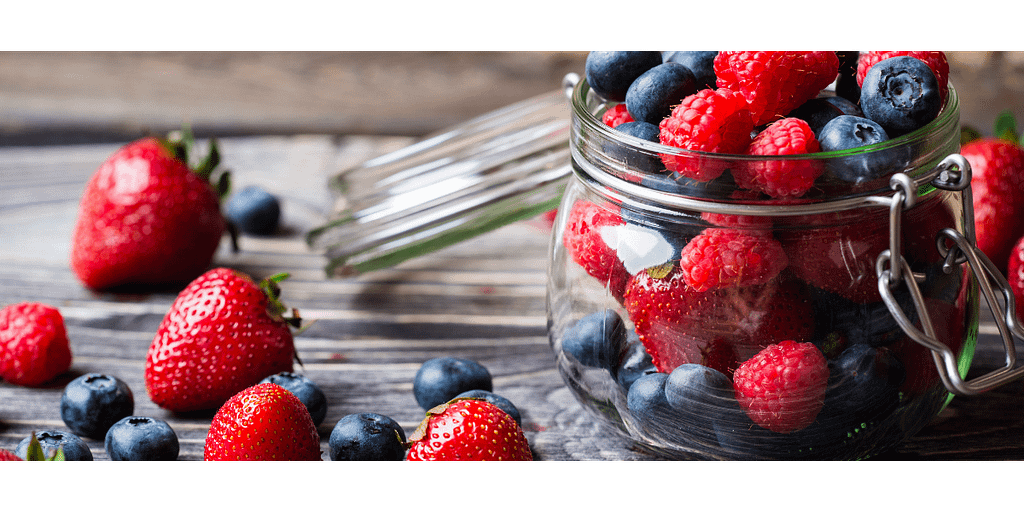How much do you know about chronic inflammation?

In this blog, I share four critical things every woman should know about chronic inflammation, including the foods to eat and those to avoid to reduce chronic inflammation.
New here? Thanks for stopping by. After you read this post, check out my other blogs for the woman over 50 who wants to lose body fat while building muscle and creating their ideal body.
1. Inflammation can be good and it can be bad.
The good… Inflammation is part of the body’s natural defense system. It occurs when our body recognizes some sort of trauma (ie. a skinned knee, a bruise) and begins the healing process. This is referred to as acute inflammation.
The bad… However, chronic inflammation occurs when the body is unable to repair or heal from the trauma. There are several reasons for this, including autoimmune disorder, which are outside the depth of this article and require a visit to your doctor.
Chronic inflammation is often brought on by or made worse through lifestyle choices such as our diets and physical activity, or lack thereof. It can also increase the risk of other diseases such as diabetes, cardiovascular disease, arthritis and even Alzhiemer’s disease.
The good news…
Although you don’t have control over every risk, such as aging, you do have significant control over some major lifestyle choices. These lifestyle choices include smoking, your diet and physical exercise.
2. Foods that contribute to chronic inflammation
It will probably be no surprise that the foods that contribute to chronic inflammation also contribute to obesity and many other diseases. Just one more reason, to limit these foods in your diet.
Added Sugar: sugary beverages, such as sodas and fruit juices are some of the biggest contributors when it comes to added sugar.
Study after study confirms that excess added sugar contributes to chronic inflammation. As little as 40g of added sugar, which is equivalent to one can of regular soda (ie. Coke/Pepsi) consumed on a regular basis may be all it takes.
Refined carbohydrates: white bread, pasta, white rice, crackers, sugary cereals. Refined carbs have a similar effect as added sugar. They lack fiber and are processed quickly within the body causing an increase in blood sugar which creates the inflammatory response.
Fried foods: french fries, fried chicken, egg rolls, mozzarella sticks. Often prepared with saturated fats, which should be limited to 10% or less of your daily calories.
Processed meats: deli meats, beef jerky, bacon, hot dogs, smoked meat. Processed meats are often high in saturated fat.
A serving with more than 4 grams of saturated fat is considered “high” in saturated fat. Small amounts of saturated fat can be incorporated into your diet. It is highly recommended that saturated fat be 10% or less of your daily calories.
Trans fats: shortening, partially hydrogenated vegetable oil, margarine. Trans fats have no nutritional value and have been deemed unsafe at all levels of consumption. They are officially banned in the United States.
3. Foods that reduce chronic inflammation
The following foods have been found to help fight inflammation. If you’re like me, you’ll be happy to see this list of anti-inflammatory foods is a lengthy one.

Berries have antioxidants that have anti-inflammatory effects. They can also boost immunity and reduce your risk of heart disease. The most common are blueberries, strawberries, raspberries, and blackberries.
Fatty Fish like salmon, sardines, mackerel and anchovies contain high levels of omega-3 fatty acids that can reduce inflammation that leads to metabolic syndrome, heart disease, diabetes and kidney disease.
Broccoli is rich in an antioxidant that fights inflammation.
Avocados are loaded with potassium, magnesium, fiber and monounsaturated fats (ie. good fats). They’ve also been linked to a reduced risk of cancer.
Green tea has been found to reduce inflammation related to heart disease, Alzheimer’s and some cancers. Green tea can interfere with some medications so check with your physician before adding green tea to your diet.
Bell Peppers and chili peppers are loaded with antioxidants that reduce inflammation.
Mushrooms include antioxidants that can reduce inflammation; however, one study found that cooking them may lower the anti-inflammatory benefits.
Grapes contain several compounds that can reduce inflammation.
Extra Virgin Olive Oil is one of the healthiest fats. It also provides powerful anti-inflammatory benefits.
Dark chocolate and cocoa are packed with antioxidants that lower inflammation. Make sure it contains at least 70% cocoa. The higher the better.
Tomatoes contain antioxidants that lower inflammation. You can also cook tomatoes in extra-virgin olive oil for even better benefits.
Cherries also contain antioxidants that lower inflammation.
Here’s a summary of the anti-inflammatory foods you should eat more of and the inflammatory foods you’ll want to limit as much as possible to avoid chronic inflammation.

4. Best exercises for reducing chronic inflammation
Aside from eating a healthy diet, working out is also an effective way to reduce inflammation. Just two and a half hours of exercise per week has been shown to decrease inflammation by up to 12%. You may be wondering which types of exercises work best with chronic inflammation. If so, here are 4 types of exercise for you to consider.

Walking. A consistent 20-minute walk helps significantly in reducing inflammation. It’s also great for muscle recovery and reducing stress.
For tips on how to start a walking program, click here.
Yoga is also a great way to reduce chronic inflammation since it combines deep breathing exercises and gentle movements. It also helps in lowering blood pressure, reducing anxiety and improves flexibility.
For additonal benefits from improved flexiblity, click here.
Resistance training is the best way to build strength. You can start with bodyweight exercises to limit the stress on joints and add additional resistance with bands and weights if and when you are ready. Furthermore, research shows that resistance training can improve inflammation in middle-aged to older adults.
For free at-home workout plans, click the images below.
Cycling is a great way to diversify your workout routine. This is a good choice for people with joint pain or arthritis since it’s low impact. It also promotes a range of motion for both the knee and hips.
Pulling it all together ...
- Eat a variety of anti-inflammatory foods.
- Limit foods that are known to cause or worsen inflammation
- Keep moving. Find the exercises that work best for your personal situation.
Remember, the benefits are far more reaching than just reducing chronic inflammation. To remind you of just a few of those benefits:
- Maintaining a healthy weight
- Reduced risk of heart disease, alzheizmer’s disease, some cancers
Pin in now. Read it later.



